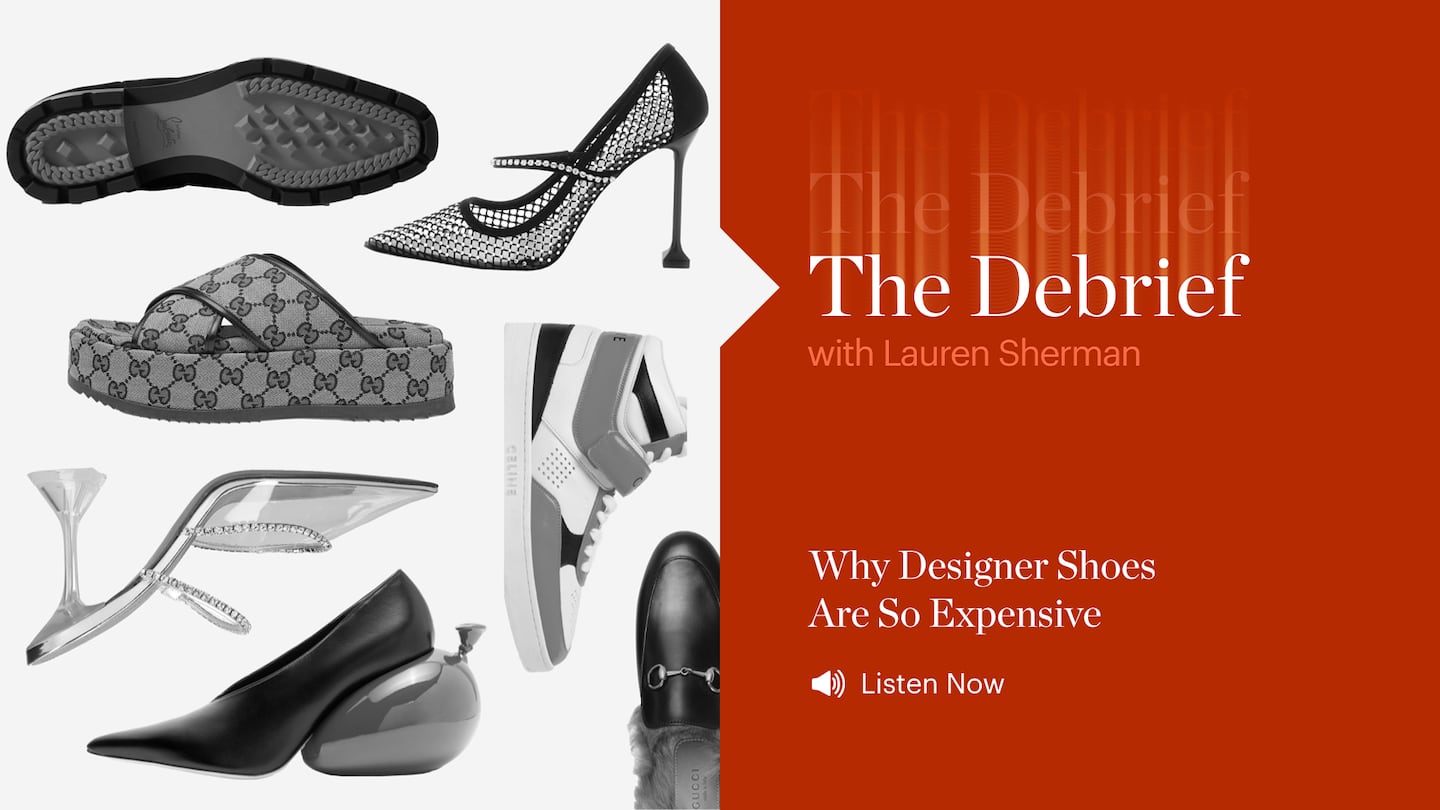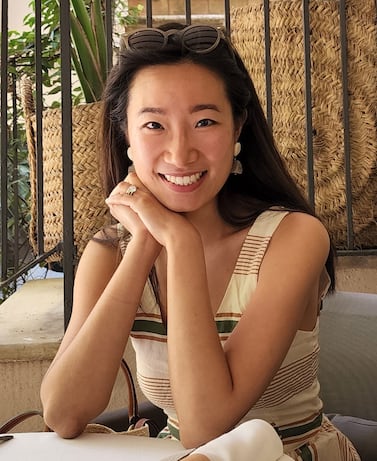
The Business of Fashion
Agenda-setting intelligence, analysis and advice for the global fashion community.

Agenda-setting intelligence, analysis and advice for the global fashion community.

Subscribe to the BoF Podcast here.
Luxury footwear is booming as consumers opt to spend more than ever on shoes with soaring prices. The market for designer shoes is set to grow to $40 billion by 2027, up from $31 billion in 2022, according to Euromonitor International. As consumer demand grows, competition is heating up for brands from Manolo Blahnik and Christian Louboutin to Chanel and Prada who stake much of their businesses on the core segment. The market is much-changed: shoppers crave comfort, but also newness and uniqueness. They also have more choices than ever: cowboy boots, Mary Janes, stilettos and mules have been trending recently.
“There was this vibe shift occurring post-pandemic. The shoes that consumers want today look and feel very different from what they had before,” said Diana Lee, BoF’s director of research and analysis, on the heels of publishing BoF Insights’ latest report “The New Statement Shoe: Reimagining Designer Footwear.”
BoF Insights is The Business of Fashion’s data and advisory team, partnering with leading fashion and beauty clients to help them grow their brands and businesses. Get in touch at insights@businessoffashion.com to understand how BoF Insights support your company’s growth for the long term.

Diana Lee is the Director of Research & Analysis at The Business of Fashion. She is based in London and oversees the content strategy and roadmap for BoF Insights.

Benjamin Schneider is the Senior Research Lead at the Business of Fashion (BoF). He is based in New York City as part of BoF’s Insights team, which arms fashion and luxury executives with proprietary business intelligence.
The guidance was issued as the French group released first-quarter sales that confirmed forecasts for a slowdown. Weak demand in China and poor performance at flagship Gucci are weighing on the group.
Consumers face less, not more, choice if handbag brands can't scale up to compete with LVMH, argues Andrea Felsted.
As the French luxury group attempts to get back on track, investors, former insiders and industry observers say the group needs a far more drastic overhaul than it has planned, reports Bloomberg.
After growing the brand’s annual sales to nearly €2.5 billion, the star designer has been locked in a thorny contract negotiation with owner LVMH that could lead to his exit, sources say. BoF breaks down what Slimane brought to Celine and what his departure could mean.